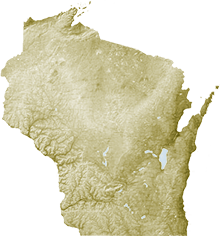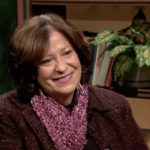Educators
“The most important thing when teaching Native American Studies is to remember Native Americans are still here and face modern challenges with the rest of us,” explains Reggie Cadotte, a former Native American Studies and Ojibwe Language instructor in the Bayfield School District.
Cadotte, a member of the Lac Courte Oreilles Band of Lake Superior Chippewa, worked with the district’s PK-12 educators to assist them with infusing American Indian culture into their everyday teaching. When doing so, he strongly advises teachers to connect historical context about Wisconsin’s First Nations with modern life today.
“Some people still think we live in wigwams and tipis,” he says. “No; we go to school and live in houses, like other Wisconsinites.”
One way Cadotte connects history with contemporary life is by having students research historic cultural traditional practices while discussing how technology has helped advance modern practices.
Similarly, Cadotte emphasized the importance of each student reflecting on their own history to see where they came from, especially so they can try to recognize mistakes made in the past and not make the same mistakes again. One of his favorite activities is leading students in creating their family tree, as it helps them recognize who their family is and where they come from.
He also encourages educators to invite tribal members into the classroom to teach students about Native history and culture – past and present.
“Having students interview elders from within the community helps to bring the story of Wisconsin’s history alive!” he says. “These are the stories that may not be found in books!”
Educators can find tribal members by asking community members or by contacting one of the Wisconsin First Nation exemplars. “We would like to be asked to tell our story, rather than have someone tell our story for us”
However, Cadotte recognizes that bringing someone into the classroom is not always possible. He encourages educators to seek out culturally appropriate materials about Native history and culture and teach students themselves.
“It is better that someone tell our story than the story not being told,” he states.
Cadotte became a teacher at an early age when he helped his school friends learn about Wisconsin’s First Nations. He served not only as a teacher in a school district near his home, but is also a teacher to his family. His five children and his wife are enrolled members of the Red Cliff Band of Lake Superior Chippewa. Together, the family loves gardening, going to the beach, and spending time with their dog, Gidget.







